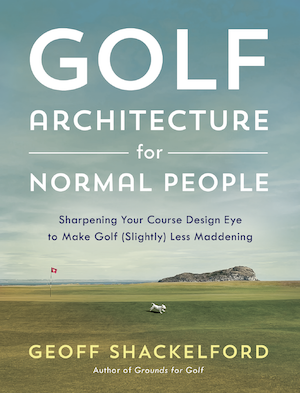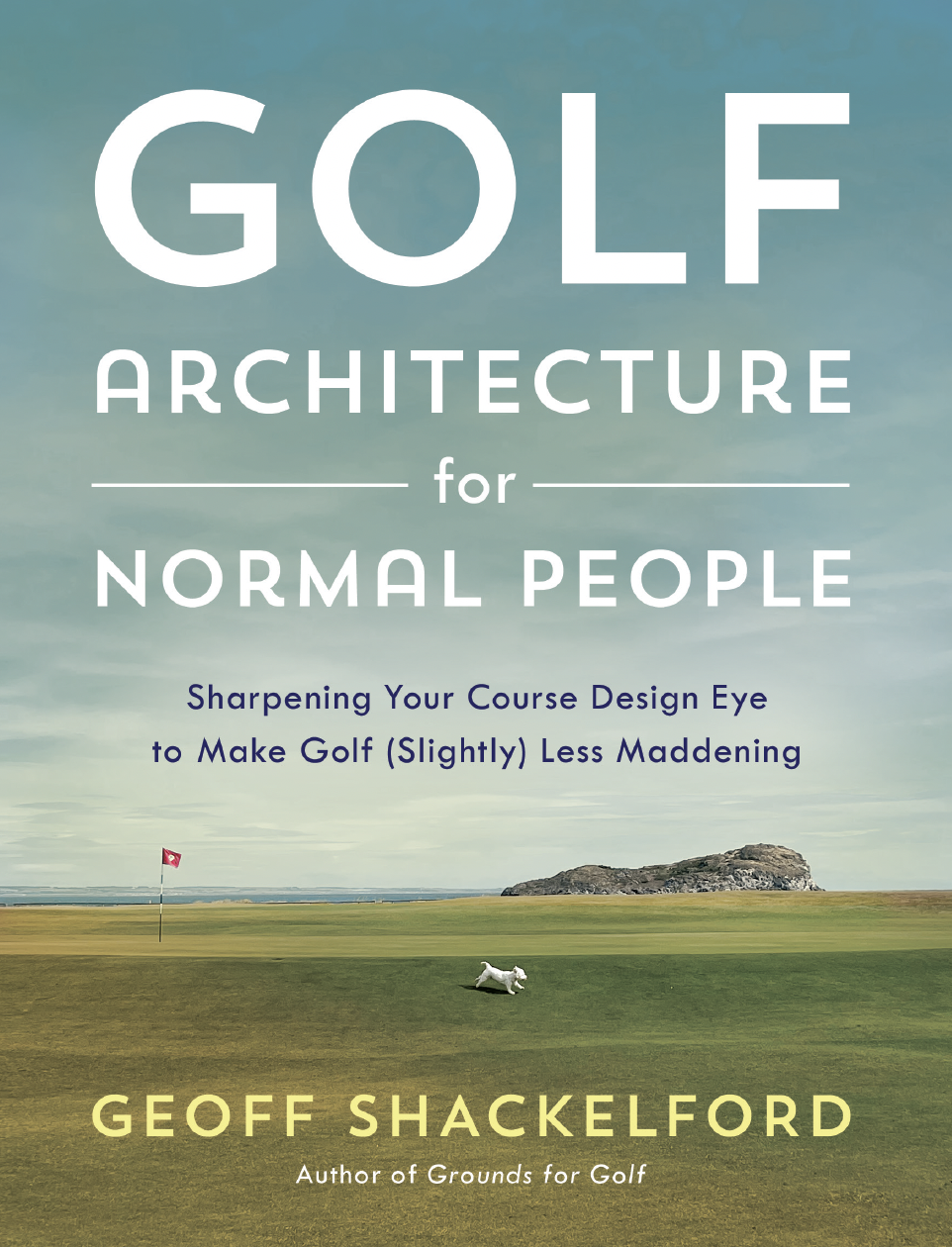Scotland on Sunday's John Huggan lets Hank Haney ramble on about how the game has never been tougher, and therefore, a little ball rollback that only impacts the tour pro would be a disaster.
"The biggest factor, however, is that golf courses today are generally so much more difficult than they used to be. What makes a course difficult - and you tend to see this whenever a big event is being played and the greenkeeper has prepared the place specially - is fast greens. Not only are fast greens more difficult to putt on and chip to, you have to hit your drives into the right spots if you are to have any chance of getting your approach shots close to the hole. When the ball runs after it lands, the game is always harder."
Okay, fine.
Shoulda stopped him there Huggy!
"It is no exaggeration to say that everything is more difficult these days. You have to be more precise in every aspect of the game. Look at it this way: I hear all kinds of talk these days about how modern equipment has made golf easier - at least at the highest level - but what has been done to make the parts of the game that amateurs find hardest any easier? Nothing. In fact, the opposite is true.
Uh, what do those things have to do with one another?
"So, I just don't see where the game has gotten easier for the typical amateur. I think it is harder than it has ever been. And will continue to get harder, as long as courses get longer in response to the top 1 % of players. I have to say that makes no sense to me. Why do clubs worry about what the pros do?"
But hey, if we bring the pros back a little, won't the divide you speak of be fixed? Apparently not...
"Okay, I can see how the narrower fairways have reduced the incentive for players to shape shots," he concedes. "In the US Open at Winged Foot last year, the correct way to play the course was just to hit to the corner of the dogleg on every hole.
"But I'm not sure what people mean when they say that shot-making has been lost to the game.
Whoa there. He says there's no incentive to shape shots, but he doesn't see a disapperance of shotmaking?
The only thing that has really changed on tour is the clubs that are being hit to the greens. Players are a lot longer off the tee than they used to be. Where Ben Hogan was hitting a 2-iron, most guys are now hitting 7-irons. If that makes the game boring, then I would have to agree.
"But the alternative doesn't bear thinking about. If you haul the ball back 40 yards, you make the game so much worse it is incredible.
"Already we have a certain amount of players who the game has passed by, and that number would increase if the ball didn't go as far as it does now.
And we all know how hard it is to move tee markers UP.
"Golf, after all these years, has finally gotten like other sports. It hasn't changed because of the equipment or the ball: it has changed because better athletes are now playing the game.
Ahhh...it's been a while since anyone has mentioned the better athletes concept. Not since...oh right, all of that talk about steroid testing.
"Every sport is the same. If you are small, you better be quick. If you are big and slow, there is a spot for you. If you are big and fast, you are a superstar. And golf has finally reached that point.
"So it isn't the ball. The problem is that there is such a big gap between those who can really 'send' their drives out there and those who can't. All of which takes the little guy out of the game. And that is the way it is in every sport."
So don't address the issue at the professional level because the amateur isn't reaping the benefits of the equipment like the pro. Brilliant.
This is an interesting point at least...
Indeed, Haney paints a pretty bleak picture of the future for a game that has, until now, not simply been a size and distance contest. "The new generation of golfers hit the ball so far, you can't roll the ball back," he maintains. "If that happened, Tiger's edge is only going to get bigger. The problem with distance is that height comes with it."
And my favorite...
"Rolling the ball back isn't going to change that; all that will do is save land, and make the game worse by widening the gap between long and short.
Save land? Exactly, why would you want to that. It's only land. Nike doesn't have to pay for it!
The long hitters won't mind if the ball is rolled back. And they would love to see the grooves on wedges altered. That's all you need to know."
Oh yeah, end of debate!












